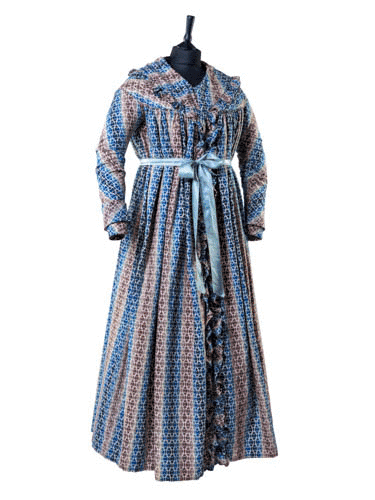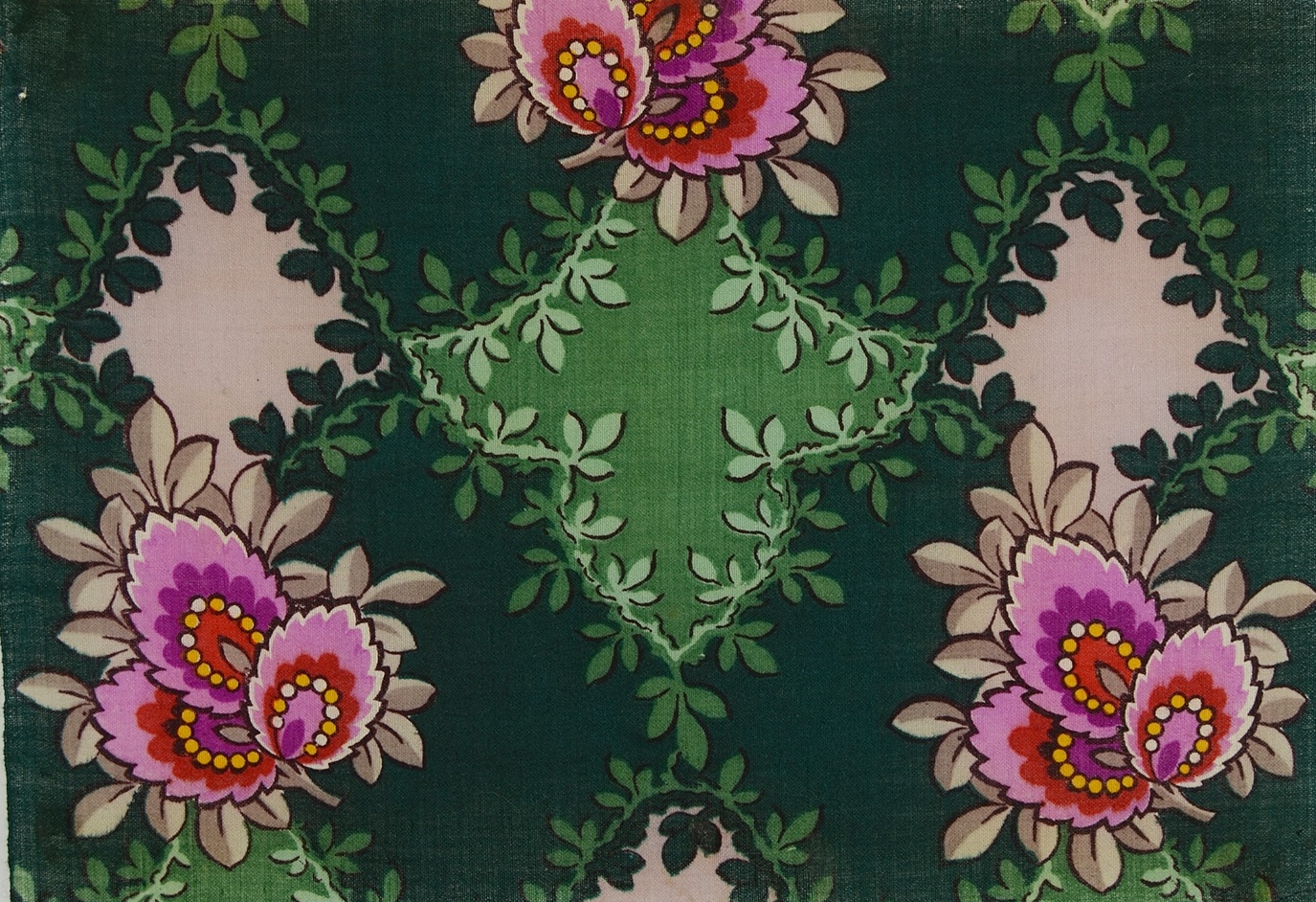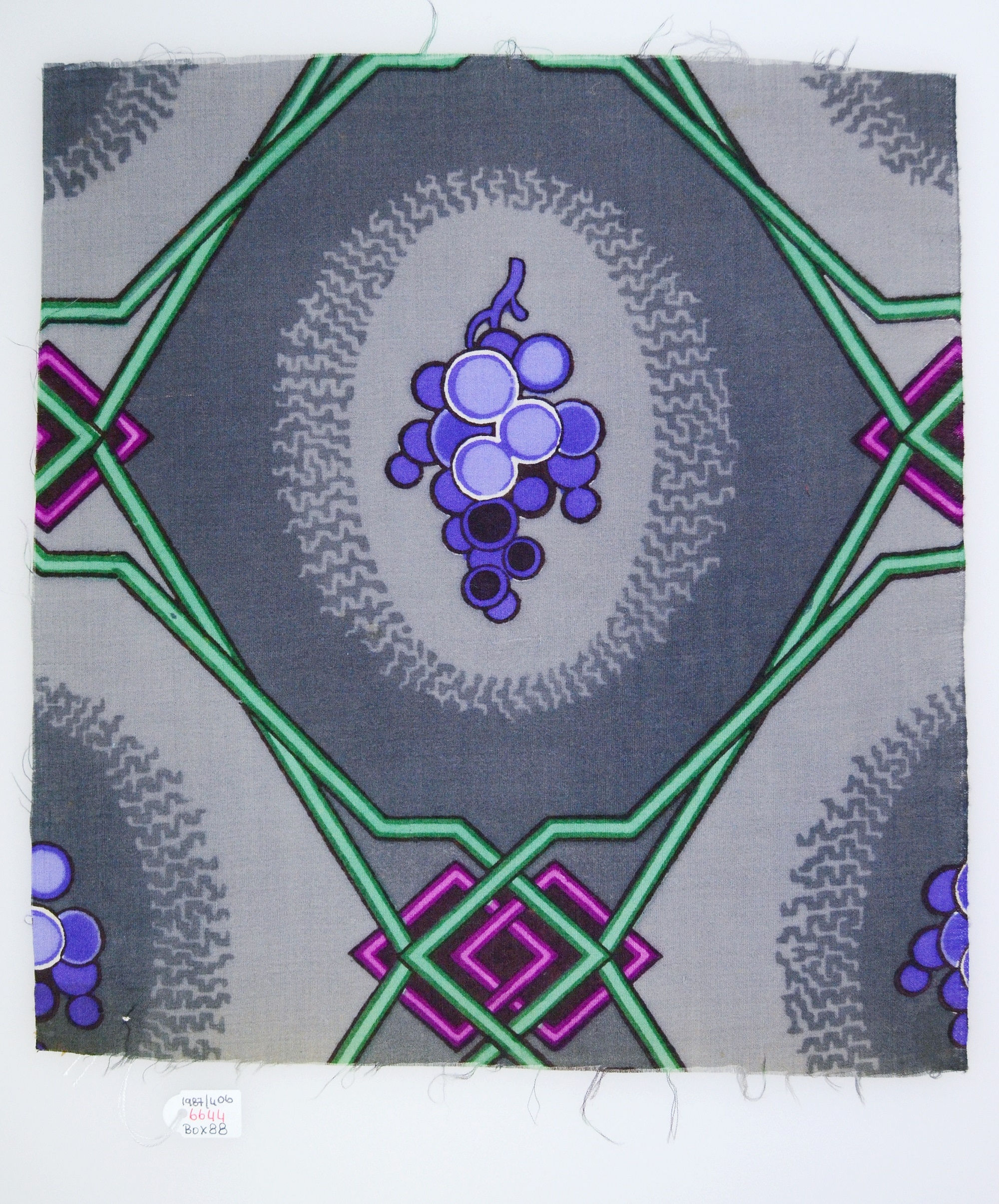#1 ANILINE DYES
The palette of fashionable dress was revolutionised in 1856 when the chemist William Perkin created a synthetic dye by accident, when he was attempting to synthesise quinine to treat malaria. The colour was a brilliant purple he called mauveine, which became the first commercial synthetic dye. Within 50 years there were 2000 chemical dyes available.
Artificial dyes were resisted by many in the Arts & Crafts movement, especially William Morris who encouraged a return to vegetable dyes which produced antique-looking shades that were used in Pre-Raphaelite medieval-inspired artistic dress, as worn by Morris’s wife Janey and Dante Gabriel Rossetti’s wife Elizabeth Siddall.
“Of these dyes it must be enough to say that their discovery, while conferring the greatest honour on the abstract science of chemistry, and while doing great service to capitalists in their hunt after profits, has terribly injured the art of dyeing, and for the general public has nearly destroyed it as an art.”
William Morris, 1889



